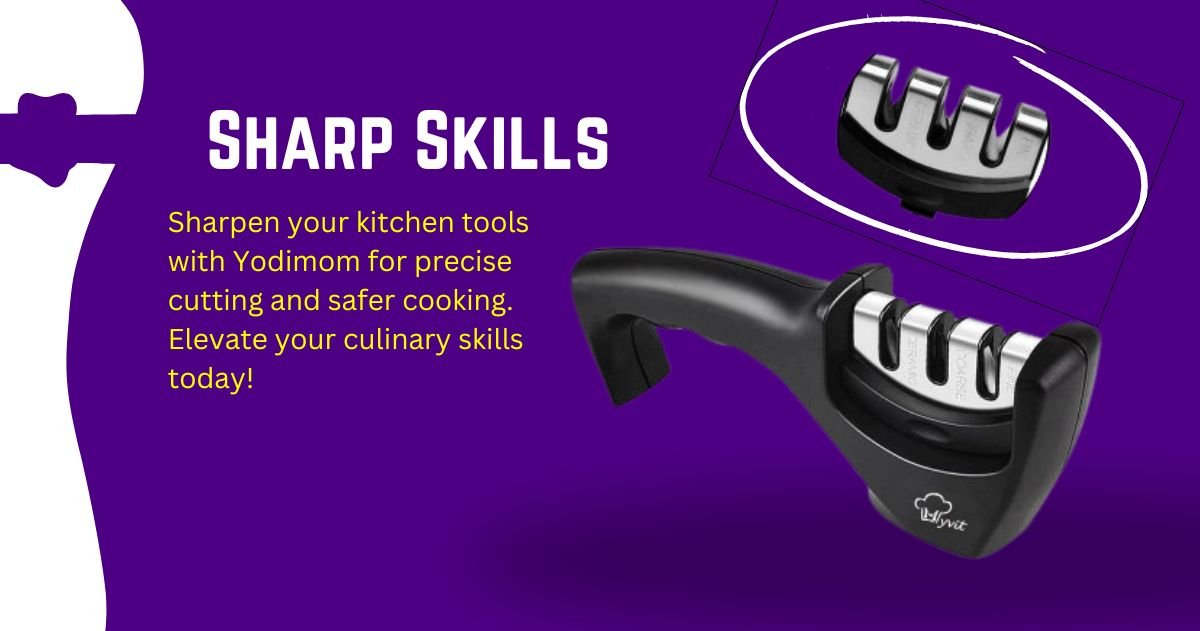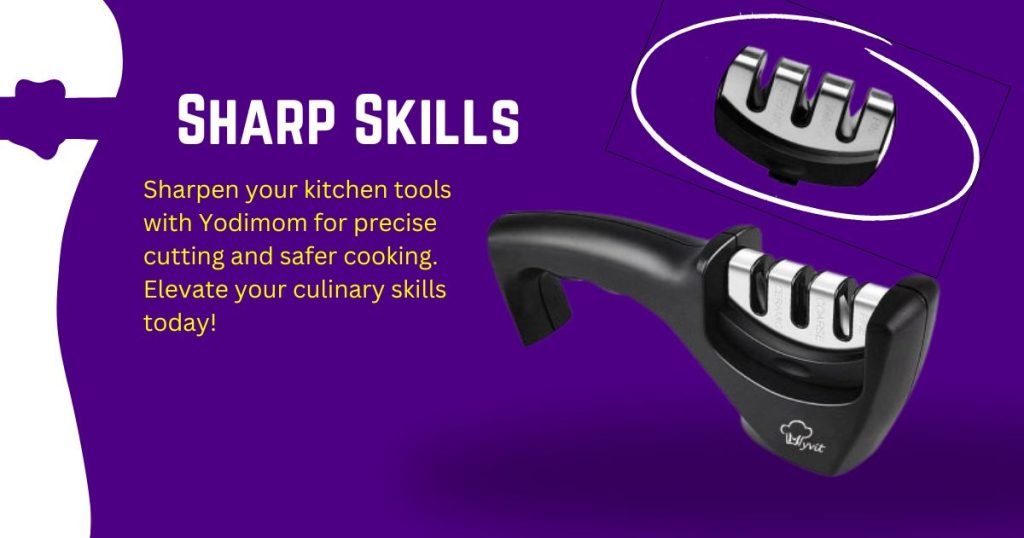
In this comprehensive guide, we’ll delve into the top 10 expert tips to sharpen your kitchen tools effectively. Whether you’re a seasoned chef or a home cook, maintaining sharp kitchen tools is paramount for achieving culinary excellence. Let’s explore how you can keep your knives, scissors, and other kitchen tools razor-sharp and ready for action.
Guide-us
Sharp kitchen tools are the cornerstone of efficient and safe cooking. A sharp knife not only makes food preparation faster and more enjoyable but also ensures precise cuts, leading to better-looking dishes and evenly cooked ingredients. Dull knives, on the other hand, can be frustrating to use and may result in uneven cuts, increasing the risk of accidents. By mastering the art of sharpening, you’ll elevate your culinary skills and enhance your overall cooking experience.
Understanding Sharpening
To sharpen your kitchen tools effectively, it’s crucial to understand the fundamentals of sharpening. Sharpening is the process of refining the edge of a blade to create a keen edge that cuts through food effortlessly. It involves removing a small amount of material from the blade to reveal a fresh, sharp edge. Understanding this process will help you choose the right tools and techniques for sharpening your kitchen arsenal.
Choosing the Right Tools
Investing in high-quality sharpening tools is the first step towards maintaining sharp kitchen tools. A comprehensive sharpening kit should include sharpening stones of varying grits, honing rods, and a sharpening steel. Electric knife sharpeners can also be useful, but be sure to select one with adjustable angles and multiple stages for optimal results.
Regular Maintenance
Regular maintenance is key to keeping your kitchen tools sharp and ready for use. Waiting until your knives are dull before sharpening them can result in more material needing to be removed, making the sharpening process more time-consuming. Instead, incorporate regular honing sessions into your kitchen routine to keep the blades aligned and sharp. Honing helps to realign the microscopic teeth on the edge of the blade, ensuring optimal cutting performance.
Using Honing Rods
Honing rods are indispensable for maintaining the sharpness of your knives between sharpenings. To use a honing rod effectively, hold the knife at a 20-degree angle against the rod and draw the blade across the rod from the base to the tip, alternating sides with each stroke. Repeat this process several times on each side of the blade to realign the edge and restore its sharpness.
Sharpening Stones Technique
Sharpening stones are highly effective but require some skill to use properly. Begin with a coarse stone to remove any nicks or dull spots on the blade, then progress to finer grit stones to refine the edge and polish it to a razor-sharp finish. Maintaining a consistent angle (usually around 20 degrees) and applying even pressure as you draw the blade across the stone are essential for achieving optimal results.
Angle Matters
The angle at which you sharpen your blades is crucial for achieving a sharp edge. Most kitchen knives are best sharpened at an angle between 15 and 20 degrees. A smaller angle creates a sharper edge but may require more frequent sharpening, while a larger angle results in a more durable but less sharp edge. Experiment with different angles to find what works best for your specific tools and cutting tasks.
Proper Technique Matters
In addition to using the right tools, mastering the proper sharpening technique is essential for achieving razor-sharp edges. Whether you’re using a sharpening stone or a honing rod, maintaining a steady hand and applying consistent pressure is key. Focus on maintaining a consistent angle and smooth, controlled movements to achieve the best results.
Test the Sharpness
After sharpening your kitchen tools, it’s crucial to test the sharpness of the blade before using it. The paper test is a quick and simple way to assess the sharpness of a knife. Hold a piece of paper vertically and gently draw the blade across it. If the blade cuts through the paper cleanly and smoothly, it’s sharp and ready for use. If it snags or tears the paper, it may need further sharpening or honing.
Storing Kitchen Tools
How you store your kitchen tools can also affect their sharpness and longevity. Avoid storing knives in a cluttered drawer where they can bump against other utensils and become dull. Instead, opt for a knife block or magnetic strip to keep them safely stored and easily accessible. Additionally, make sure to clean and dry your knives thoroughly before storing them to prevent corrosion and damage to the blade.
Seek Professional Help
If sharpening your kitchen tools seems daunting or you’re not achieving the desired results, don’t hesitate to seek professional help. Many kitchen stores and professional sharpening services offer expert sharpening services to ensure your tools stay in top condition. Professional sharpening can also help extend the life of your tools and ensure they perform at their best.
Join us
Join our community of kitchen enthusiasts and sharpening aficionados to learn more tips and tricks for maintaining your kitchen tools! Share your experiences, ask questions, and connect with fellow food lovers who are passionate about sharpening their culinary skills to perfection.
